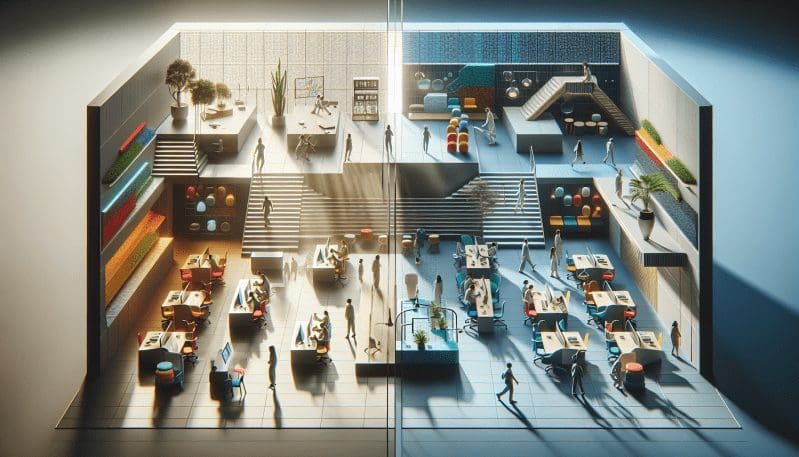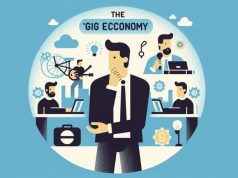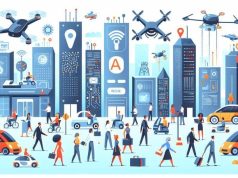In the ever-evolving landscape of work, the spaces we occupy must adapt to suit an array of needs reflective of the diverse tapestry that constitutes today’s workforce. As champions of change, Workplace Architects and Designers are tasked with a monumental challenge: to envision and create environments that not only meet the current demands but also anticipate the shifts of an uncertain future. This is the ambitious journey we embark upon in this issue of The Work Times.
Let us start by dissecting the influence of diversity in the professional realm. Diversity extends beyond the boundaries of race, gender, and disability – it encapsulates the full spectrum of human uniqueness. An inclusively designed office transcends token adjustments, embedding diversity into the very fabric of its layout. We consider elements such as multi-faith rooms, gender-neutral restrooms, and adjustable furnishings that cater to a range of physical needs. The move towards inclusivity is not only a moral imperative but a strategic investment in fostering a culture of innovation and collaboration.
Flexibility within our work environments has been catalyzed by the rise of remote work, an undeniable shift in our understanding of how and where work can be done. Yet, the question remains: how can physical spaces echo the fluidity of this digital age without losing their relevance? Flexible design is more than the introduction of movable partitions or communal lounges; it’s about creating an ecosystem that resonates with the freedom of choice. Features such as adaptable lighting systems, modifiable acoustics, and technology-integrated furniture are just the beginning. We are crafting spaces that not only adapt to multiple work styles but also to the changing rhythms of our lives.
Wellness is the new cornerstone of workplace design. The correlation between the built environment and the health of its occupants is irrefutable. Intentionally integrating elements like abundant natural light, ventilation systems that ensure clean air, or spaces imbued with greenery, are imperative. Offices are more than a collection of desks and chairs – they are habitats in which humans spend a significant portion of their lives, and designing for well-being is an ethical responsibility that yields measurable productivity benefits.
Moreover, emerging technologies such as artificial intelligence and virtual reality are on the cusp of revolutionizing our perception of the ‘office’. How will AI shape our interactions within workspaces? Could virtual reality expand our definition of presence and collaboration? These advancements beckon us to design with a foresight that bridges the tangible and intangible, fostering an environment where technology serves to enhance human-centric design principles.
As we peer into the horizon, we must question and challenge the very essence of what constitutes an office. An office could be a sanctuary, a hub of creativity, a cross-cultural meeting ground, or a nexus of innovation. Our readers, akin to those of The New York Times, demand insight that cuts deeper than surface trends. They seek pioneering thought, and as The Work Times, we deliver nothing less. Let us dare to reimagine the workplace – a space that not only accommodates but celebrates diversity, embodies flexibility, and puts wellness at its core. The future beckons, and it is our collective vision that will shape it.




























